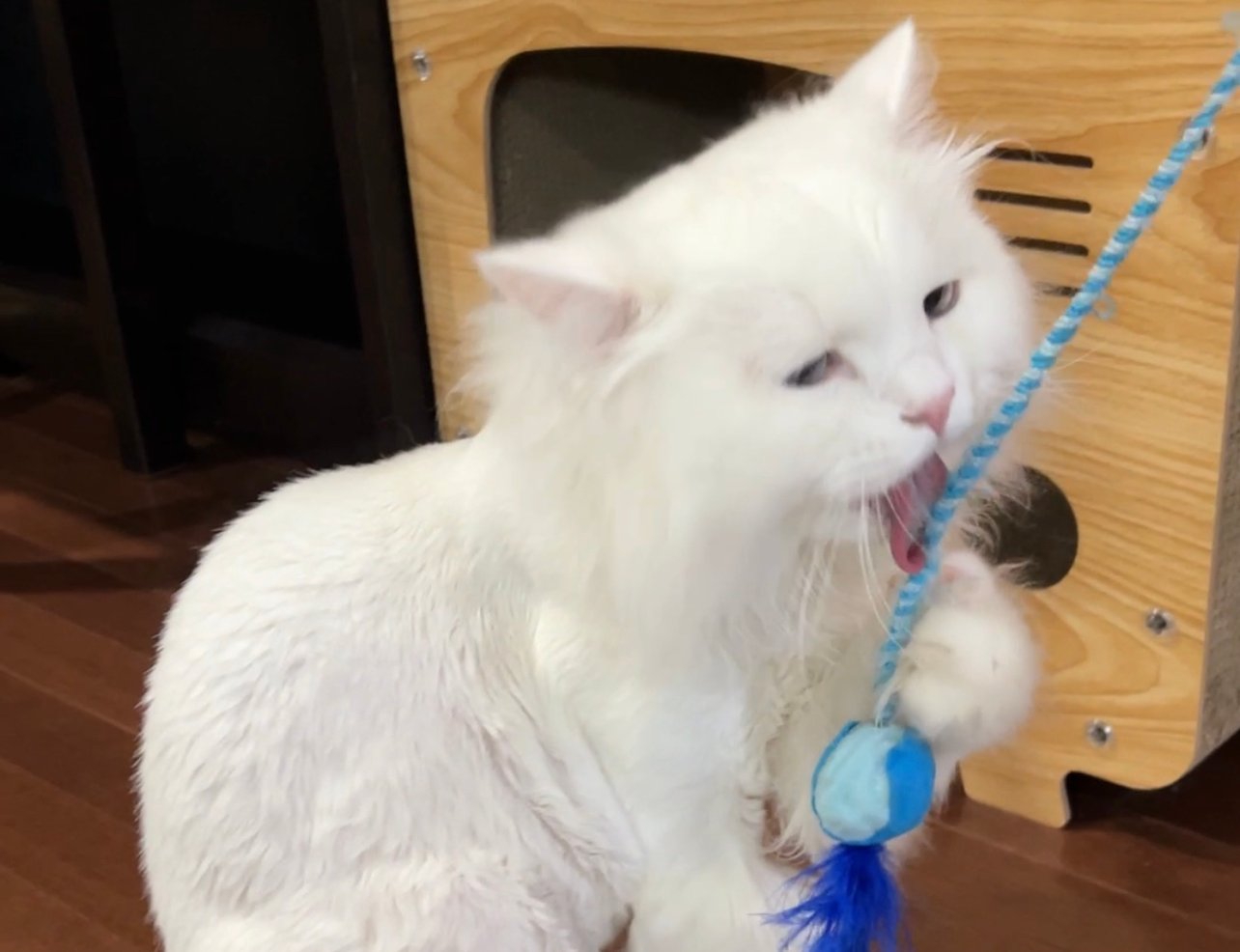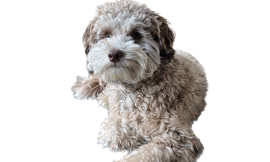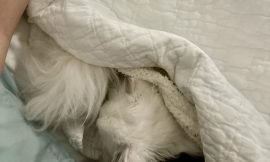If you’ve ever had the pleasure of cuddling with a cat, you may have experienced the unique sensation of their rough tongue against your skin. But have you ever wondered why a cat’s tongue feels so coarse? In this “Did You Know?” blog post, we’ll delve into the fascinating reasons behind the roughness of a cat’s tongue and explore the primary functions it serves.
1. Papillae: The Key to Coarseness
At first glance, a cat’s tongue appears to be covered in tiny, backward-facing hooks. These hooks are called papillae, and they are responsible for the coarse texture. Cats have three different types of papillae on their tongues: filiform, fungiform, and vallate. The filiform papillae are the most abundant and give the tongue its sandpaper-like texture.
2. Grooming Mastery
The primary purpose of a cat’s rough tongue is grooming. Cats are meticulous self-groomers, and their tongues serve as a built-in grooming tool. The papillae on their tongues help to remove dirt, debris, and loose fur from their coats. As cats lick themselves, their coarse tongues act like a natural brush, untangling knots, and distributing natural oils throughout their fur, keeping it clean and well-maintained.
3. Efficient Feeding Mechanism
Apart from grooming, a cat’s tongue also plays a crucial role in their feeding habits. Cats are obligate carnivores, and their tongues are specially designed to help them consume their prey efficiently. The rough texture of their tongues aids in stripping meat from bones and lapping up liquid or semi-liquid food, like water or milk.
4. Water Acquisition Technique
Cats have a unique way of drinking water, thanks to their rough tongues. Unlike humans, who use suction to drink, cats curl their tongues backward to form a ladle-like shape. As they dip their tongues into the water, the papillae on the upper surface of their tongue create a slight backward flow, allowing them to draw up the liquid effectively. This method helps them prevent excessive splashing and ensures they can efficiently stay hydrated.
The coarse texture of a cat’s tongue serves multiple purposes, making it a truly remarkable adaptation. From grooming and maintaining their lustrous coats to aiding in feeding and water acquisition, a cat’s tongue is a versatile and highly effective tool. So, the next time your feline friend showers you with affectionate licks, you can appreciate the unique design and functionality of their remarkable tongues.
Remember, the information provided in this blog is based on general knowledge about cats and their tongues, and individual cats may exhibit slight variations in behavior and tongue structure.




